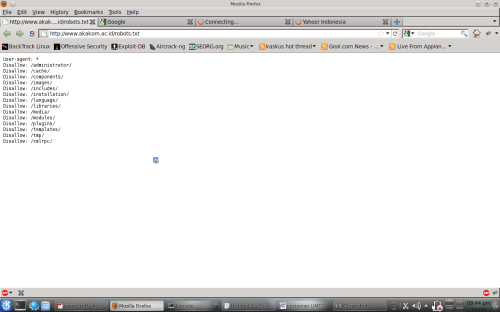The netmask is a bitmask that can be used to separate the bits of the network identifier from the bits of the host identifier. It is often written in the same notation used to denote IP addresses.
Not all sizes of prefix announcement may be routable on the public Internet: see routing, peering.
| Class | Leading bits | Start | End | Default Subnet Mask in dotted decimal | CIDR notation |
|---|---|---|---|---|---|
| A | 0 | 0.0.0.0 | 127.255.255.255 | 255.0.0.0 | /8 |
| B | 10 | 128.0.0.0 | 191.255.255.255 | 255.255.0.0 | /16 |
| C | 110 | 192.0.0.0 | 223.255.255.255 | 255.255.255.0 | /24 |
| D | 1110 | 224.0.0.0 | 239.255.255.255 | not defined | not defined |
| E | 1111 | 240.0.0.0 | 255.255.255.254 | not defined | not defined |
 Webpages have no memories. A user going from page to page will be treated by the website as a completely new visitor. Session cookies enable the website you are visiting to keep track of your movement from page to page so you don't get asked for the same information you've already given to the site. Cookies allow you to proceed through many pages of a site quickly and easily without having to authenticate or reprocess each new area you visit.
Webpages have no memories. A user going from page to page will be treated by the website as a completely new visitor. Session cookies enable the website you are visiting to keep track of your movement from page to page so you don't get asked for the same information you've already given to the site. Cookies allow you to proceed through many pages of a site quickly and easily without having to authenticate or reprocess each new area you visit.



